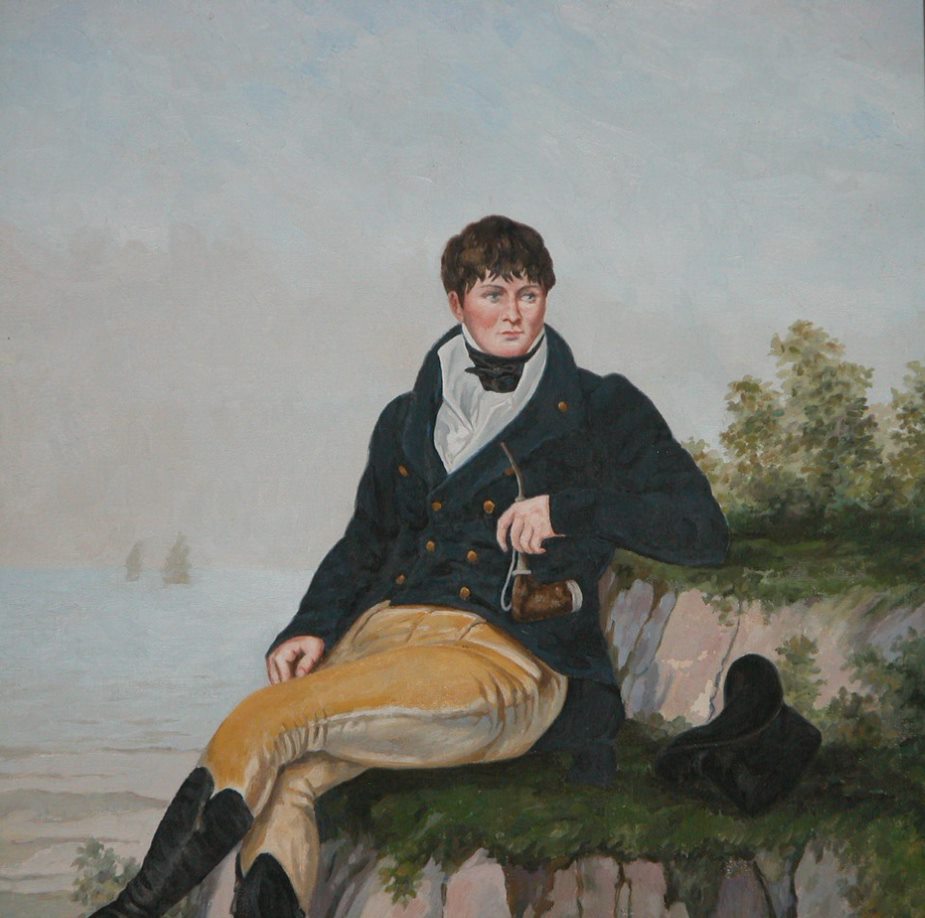The House & Its History
On a high ridge along the Mississippi River sits Magnolia Mound Plantation, one of the few surviving French plantation houses in the Baton Rouge region. Originally a four-room cottage, it was built in the 1790s by John Joyce, an Irish immigrant who had purchased the property from James Hillin. Joyce was married to Constance Rochon. The couple lived in Mobile rather than at Magnolia Mound, leaving the indigo plantation to be supervised by an overseer. Joyce was a merchant and builder and had many business ventures on the Gulf coast.
|
In 1798, Constance was left a wealthy widow with two children when John Joyce drowned during a river trip. She married Armand Duplantier four years later. Duplantier owned a plantation across the river from Magnolia Mound and was himself a widower with four children. A native Frenchman, he served under the Marquis de Lafayette during the American Revolution and was a prominent local citizen. They subsequently moved to Magnolia Mound and with Constance’s inheritance began improving the house. To satisfy his tastes that had been cultivated in France, Armand imported silks and wallpapers and updated the main rooms in the fashionable Federal style. He also added a cove ceiling to the parlor and embellished both the parlor and the dining room with moldings, paneling and carved mantelpieces. A rear gallery and several rooms were also added as their family grew to include five more children.
Constance and Armand traveled downriver to New Orleans to purchase their furniture. The shops in New Orleans, a major port even at that time, offered European furniture, fashionable mahogany neoclassical furniture that was popular on the East coast, and locally made furnishings of cherry, walnut and cypress. When Magnolia Mound had been completely decorated it was as elegant as any house built along the Mississippi River. The current interpretation of the house museum is based on the years that it was owned by the Duplantier family from 1802 to 1830. |
The Duplantier family raised cotton and later sugar cane on the 900-acre plantation and was prosperous in the beginning. After about 1814, their fortunes began to change. The couple eventually sold off various holdings and by 1827, Armand had died leaving Magnolia Mound Plantation as the last property of the family’s once affluent life.
The ownership of the property passed through several families. By the 1960s the house was empty, in great need of repair and threatened with demolition. Preservationists, led by the Foundation for Historical Louisiana, spearheaded the restoration efforts. The Baton Rouge Recreation and Parks purchased the property in 1966 and by 1975 the House was opened to the public. The Friends of Magnolia Mound Plantation owns the exquisite collection of furniture, decorative items and artifacts that are displayed at the plantation.
The ownership of the property passed through several families. By the 1960s the house was empty, in great need of repair and threatened with demolition. Preservationists, led by the Foundation for Historical Louisiana, spearheaded the restoration efforts. The Baton Rouge Recreation and Parks purchased the property in 1966 and by 1975 the House was opened to the public. The Friends of Magnolia Mound Plantation owns the exquisite collection of furniture, decorative items and artifacts that are displayed at the plantation.



